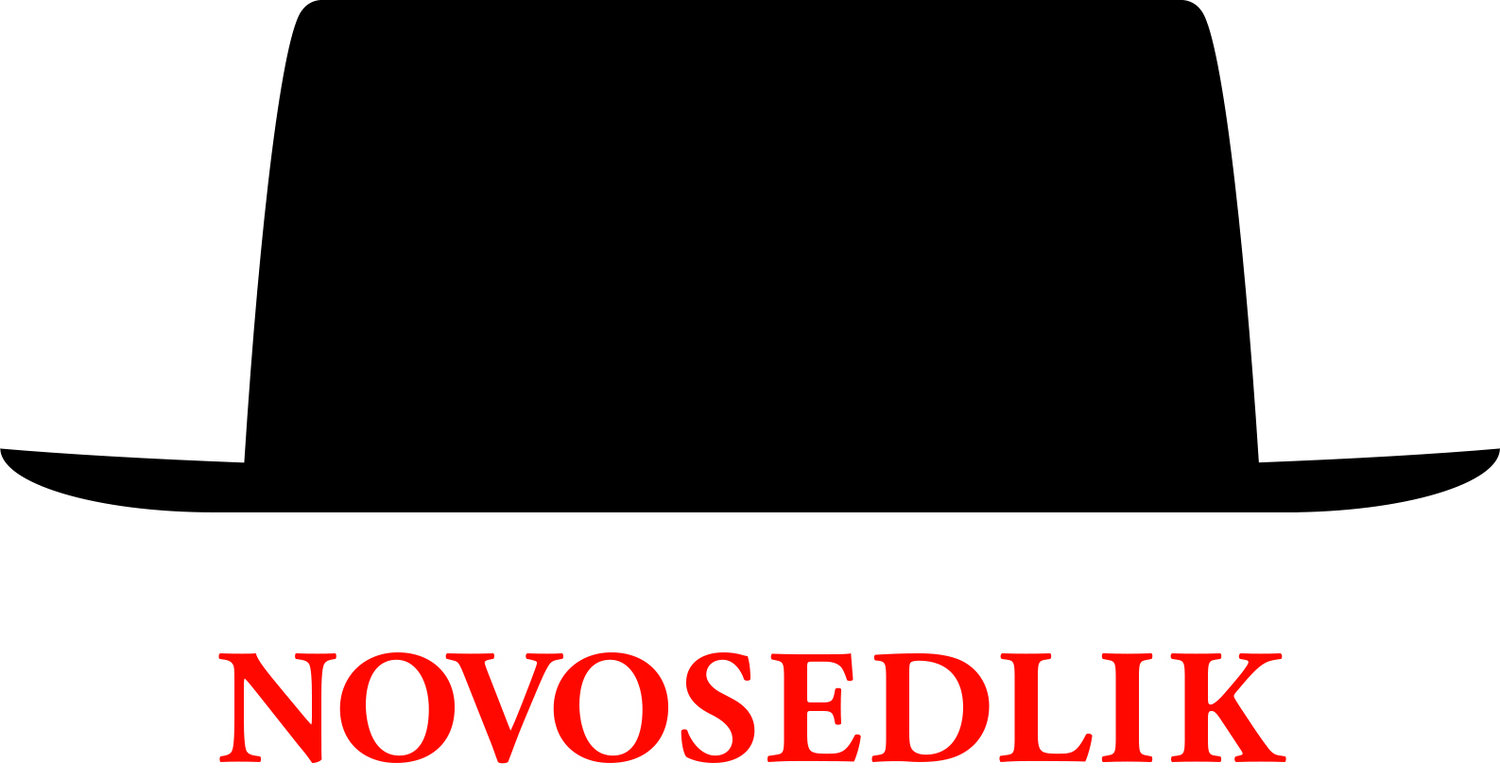Brandify Me, Baby
.........................................................................
Originally published in Applied Arts Magazine, 2014
.........................................................................
3 MINUTE READ
Branding can be such a clear lens into human behaviour. But what it reveals is often contradictory.
Sometimes, the contradiction surfaces as a conflict between what a brand says and what it does. Other times, it consists of patterns of similarity that make the brand appear more concerned about fitting into its category rather than standing out from it. Oftentimes, it’s both.
Fitting squarely into the latter category of branding sins is the tendency of tech start-ups to engage in slavish imitation when it comes to identifying themselves. This behaviour emerged back in the dot-com days of the late nineties and early noughties. The explosion of dot-coms and tech start-ups showed us that the digital entrepreneurs who started these companies had no idea what branding meant. They thought that because they were digital, the brand rules of the analogue world no longer applied.
You could see it in the colours they chose (most often orange, green or purple) and in the naming conventions they adopted. Whole sub-categories were built around the use of a common suffix.
They succeeded in differentiating themselves as a category, but within the category, they all looked the same. As a result, the dot-coms ended up like every commercial category that came before them — exactly the opposite of what they were hoping for.
This was partly a reflection of youthful conceit, and partly a response to the epidemic of cybersquatting. It seemed like there were no words left in the English language that had not been purchased by some kid from Iowa surfing a keyboard in his mother’s basement.
Now that the Internet has insinuated itself into every aspect of human life, replacing dozens of industrial-era commercial, communications and technological platforms, it seems rather old-fashioned to consider a “digital” brand as something different. There is no brand that is not digital. And yet, as you can see above and below, the digerati still haven’t quite figured that out.
While music-streaming service Spotify was not the first brand to make its name end in the suffix –ify (it was the 15th to do that), it was the first brand with that suffix to make Business Insider’s list of top private tech companies in 2011. By 2013, there were 187 more brands that had been “namified” with the same suffix. Over 90 per cent of those names were created after Spotify hit the intertubes in 2006.
For proof, an outfit called the Name Inspector (www.thenameinspector.com) took the trouble to crawl through Crunchbase.com to track the occurrence of such names. In doing so, it exposed the crazy constructions that result from attaching this particular suffix to verbs, adjectives and nouns with no regard for how stupid the names end up sounding.
It is a highly entertaining pastime to explore how silly this trend has become. For example, “backup” is already not a word — noun, verb or otherwise. Adding the suffix to it guarantees that it never will be. And what would its antonym be? Unbackupify?
Seems like renting an apartment is no longer enough. You gotta rentify it if you want the best deals.
Damn! Can’t find where you left that monkey wrench you were using the other day? No worries. Let us searchify that for you.
Don’t you hate people who pickify their facial orifices in public? If you ask me, they should find a more private place to do that.
The world’s a complicated place, and becoming more so every day. But you can relax. We’ll be happy to explainify it to you.
Yo, it’s all about the cloud these days, bro, know what I’m sayin’? But how do you get there? And will you be able to stay there once you arrive, or will you fall right through it? Cloudify me, baby!
Looking all over the intertubes for your favourite content? Worry no more. We can bunchify it all in one convenient location. Yeah, and we can Cloudify it too. Actually, we have to.
Which brings us to a little brand called Promotify, billing itself as “the ultimate integration of Instagram for Shopify.”
So we have a parasite brand that lives off the richer blood of its much more successful host (shopify is the first Canadian tech brand to achieve unicorn status). This would be depressing if it weren’t so amusifying. wn











